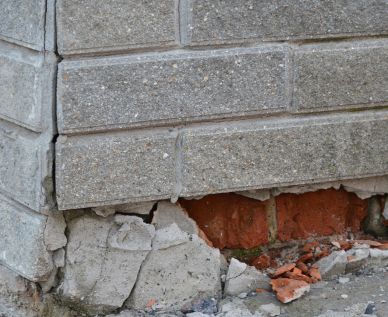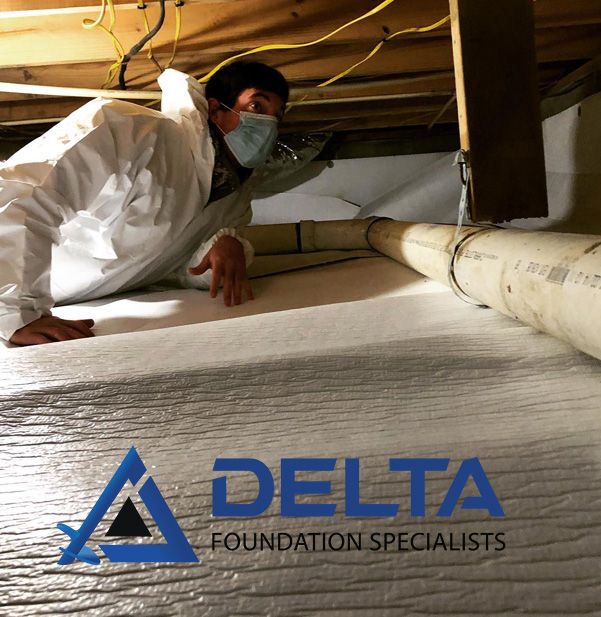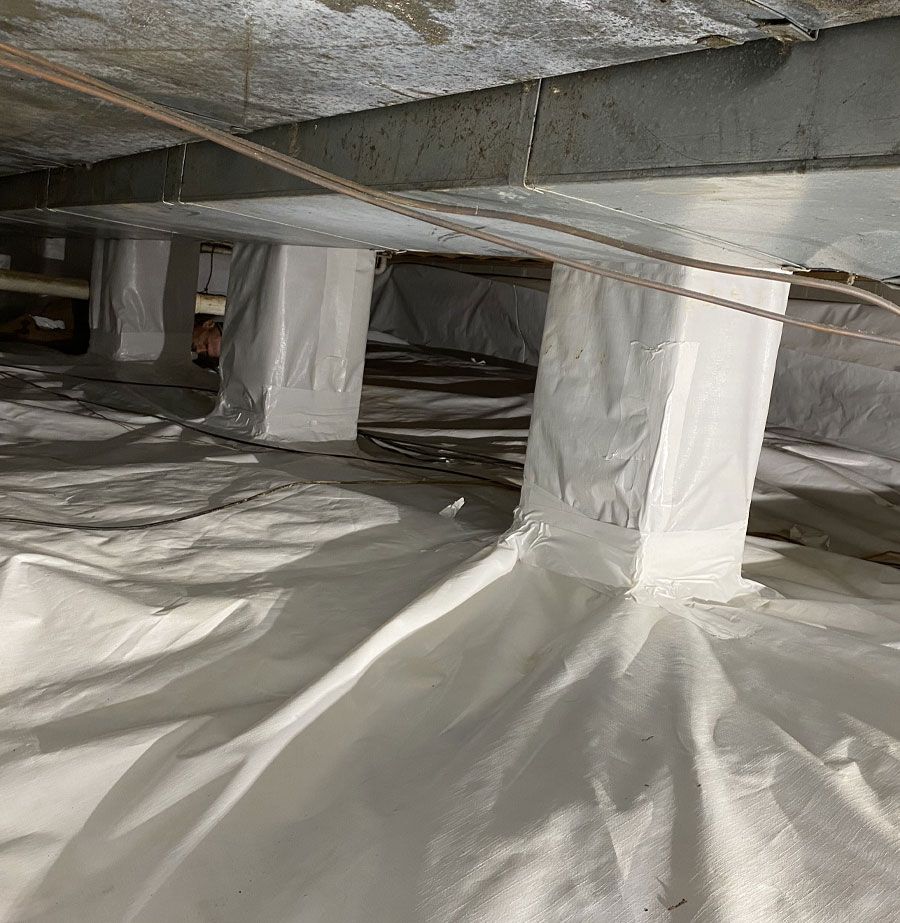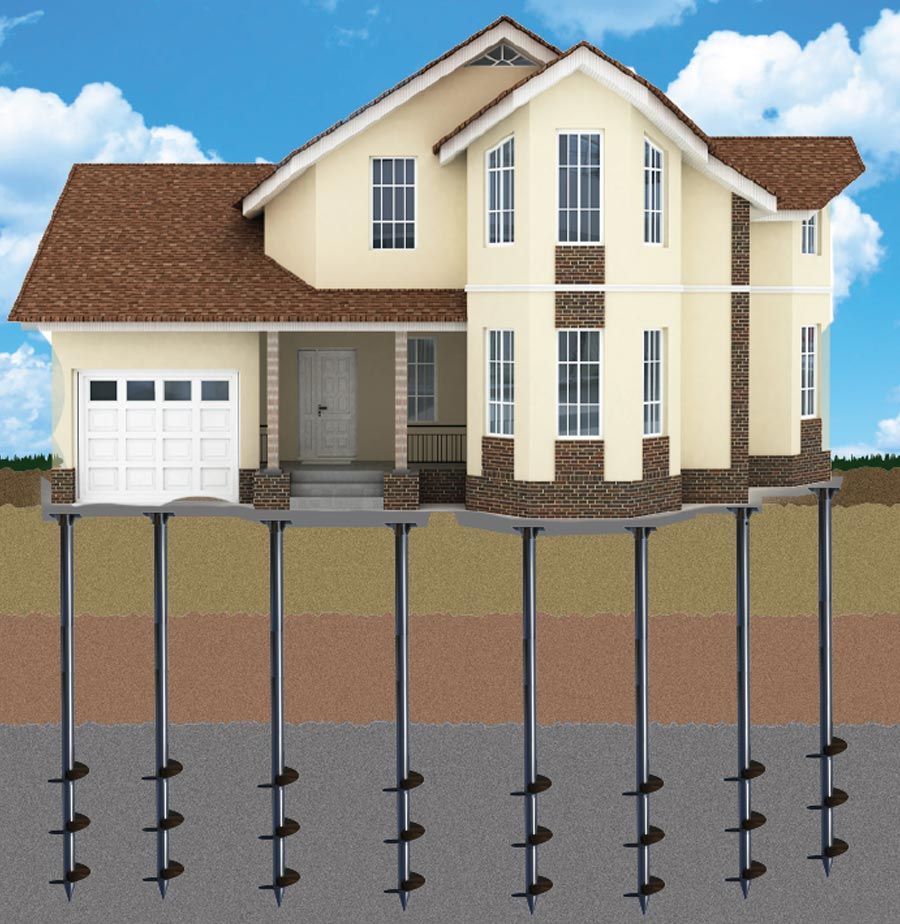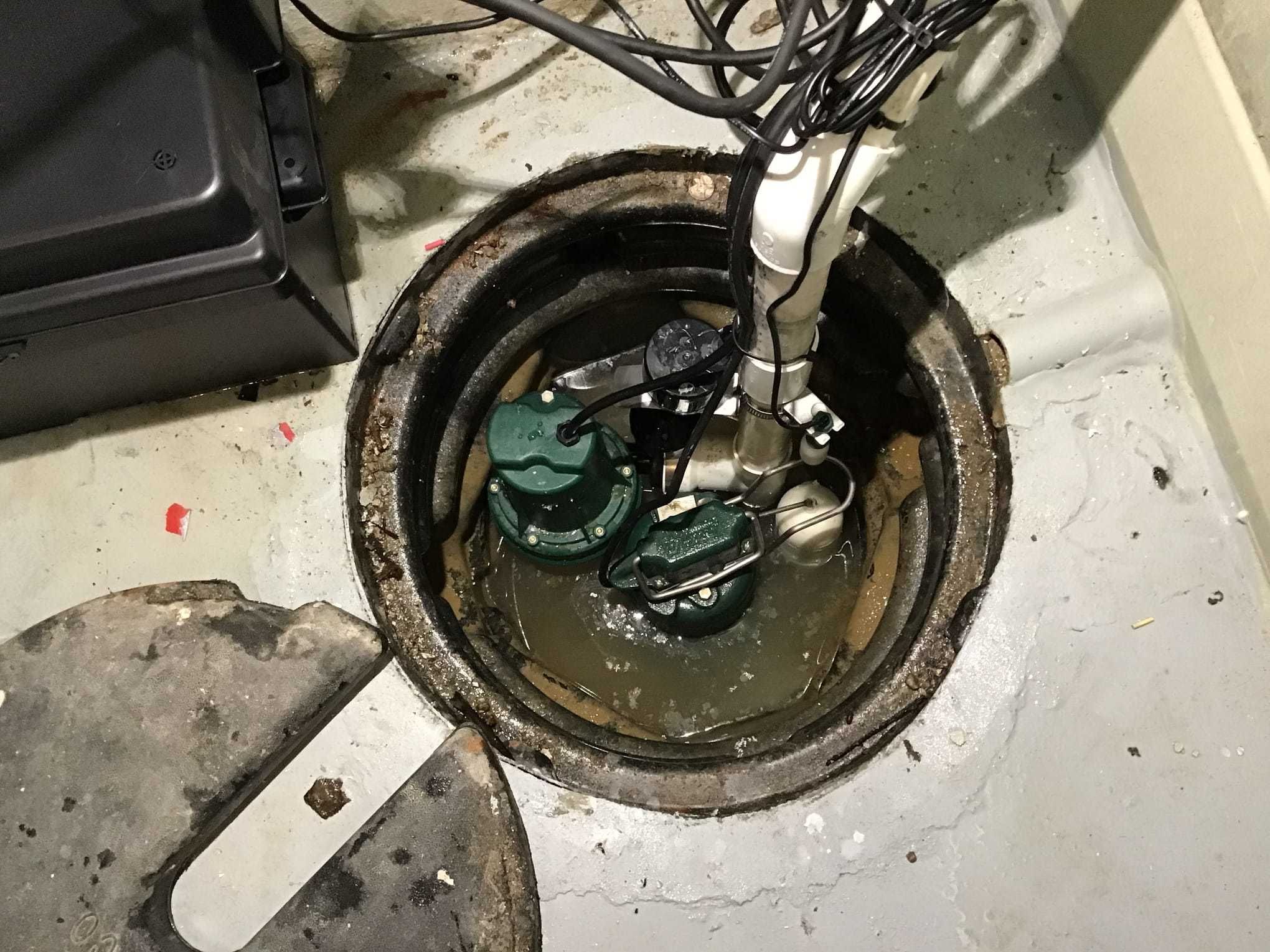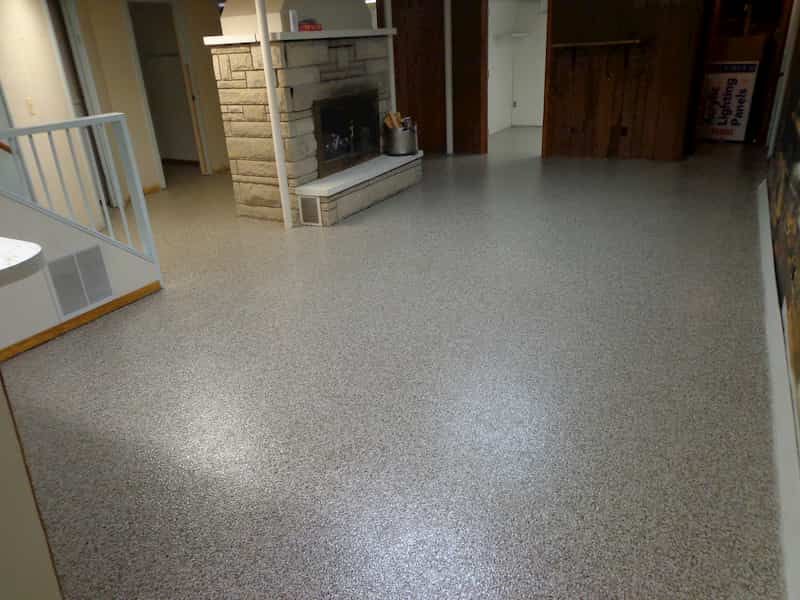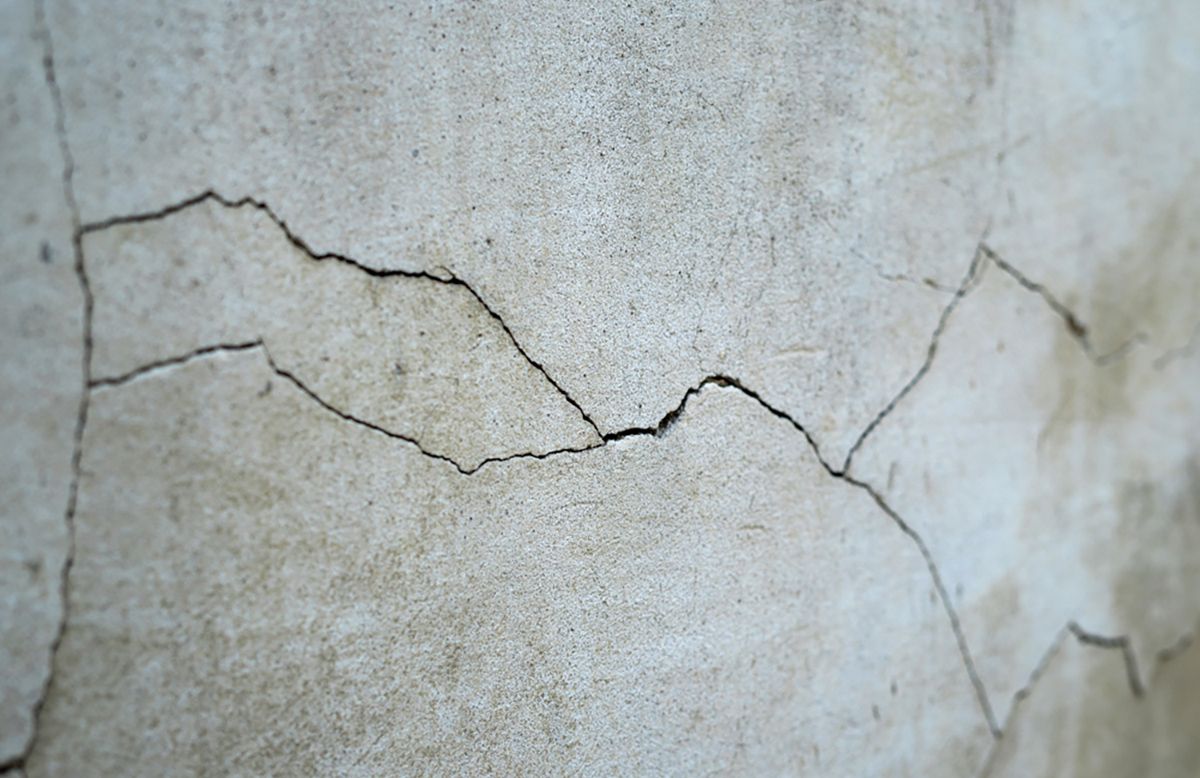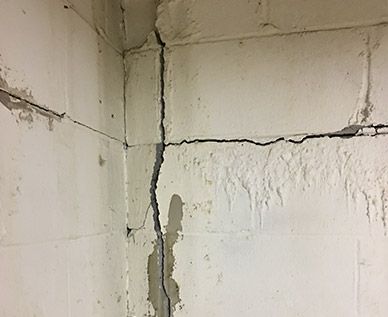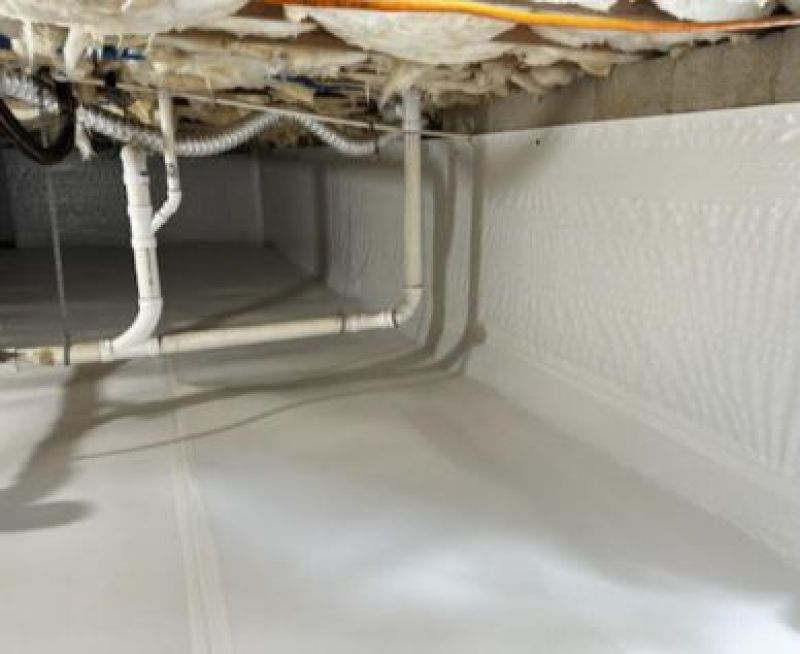
Protecting Your Home’s Foundation: Wall Crack Repair with Crawl Space Encapsulation
It is vitally important to understand the importance of crawl space encapsulation, identify and address wall cracks in your foundation, and use a step-by-step guide to wall crack repair in order to reap the many benefits of crawl space encapsulation for the health of your home’s foundation.
Understanding the Importance of Crawl Space Encapsulation
Crawl space encapsulation is an important part of keeping a home healthy and safe. It is the process of creating an air-tight seal between a home’s walls and floors, with the intent of isolating the moist, dark, and humid conditions of a crawl space from the rest of the house. Through this process, mold growth, water damage, and other detrimental elements can be prevented or mitigated. The overall energy efficiency of the home is improved, since outside air is not allowed to seep through the floorboards, walls, and other small spaces.
The process of encapsulating a crawl space is not a one-size-fits-all solution. Homeowners must first assess the condition of the existing environment and determine if it is suitable for encapsulation. For instance, an area that has already seen significant water leakage or mold growth will not be a good fit for encapsulation. Similarly, a home with a poorly constructed foundation, or one located in a location with frequent flooding, is also not ideal. As a result, homeowners must evaluate the space carefully before opting for encapsulation.
Once a homeowner has decided to encapsulate their crawl space they must also decide on the materials to use. Generally, this involves choosing a heavy-duty plastic vapor barrier, as well as insulation and sealing materials to complete the airtight seal. Other factors, such as proper drainage systems, ventilation, and dehumidification systems, may also need to be installed to ensure the optimal functioning of the crawl space. Consequently, it is important that homeowners familiarize themselves with the available options and research their choices carefully before committing to any material or product.
Crawl space encapsulation is an important part of keeping a home healthy and safe. It can provide significant energy savings and prevent damage caused by mold, moisture, and water leakage. However, it is important for homeowners to understand the process involved in encapsulation and to properly assess and prepare their environment before taking the steps toward encapsulation.
Identifying and Addressing Wall Cracks in Your Foundation
Identifying and addressing wall cracks in your foundation are an important part of home maintenance. It is essential to properly inspect your foundation and identify any potential wall cracks. Doing so can help prevent any further damage and costly repairs.
However, there are various types of foundation cracks, so it is important to be able to identify them. Hairline cracks usually run horizontally along the wall and are typically very thin. These cracks should be monitored over time as they may require minimal repair. On the other hand, stair-step cracks are larger, more serious cracks that usually appear on outside masonry walls and indicate the wall is shifting outward. Displacement cracks are similar to stair-step cracks, but are characterized by their unusually wavy pattern.
In addition, for each type of foundation crack, there is a specific repair method. Generally, minor hairline cracks can be filled with epoxy or latex caulk, however for more serious cracks, partial or full wall replacements may be needed. A foundation contractor can evaluate the damage and determine the best course of action, which may include parging or beam replacement. For instance, if the beam is out of place and compromises the stability of the wall, the contractor may need to replace the beam to restore the structure.
Similarly, wall and foundation cracks can be prevented with proper maintenance. Primarily, it is important to check for visible signs of wear and tear, and monitor seasonal changes in your foundation’s condition. As a result, you should ensure that your foundation is adequately protected from excessive water or snow. This can be done through proper landscaping, installing drainage systems, and waterproofing the walls. Taking precautions to prevent foundation damage can help avoid future costly repairs.
The Step-by-Step Guide to Wall Crack Repair
Cracks in the walls of any home or other property can be an unsightly and potentially damaging sight. If not caught and corrected in time, it could end up costing thousands of dollars in repairs. Fortunately, repairing wall cracks can be relatively straightforward and cost-effective if the homeowner knows how to do it. Here is a step-by-step guide to wall crack repair.
Firstly, it is important to assess the severity of the crack and take action as soon as possible. Carefully examine the wall and determine if the crack is horizontal or vertical. Horizontal cracks are usually more serious and will require more intensive repair. Inspect the walls around the crack for any signs of water damage which could indicate a more serious structural issue.
Once the severity of the crack is determined, the homeowner should prepare the area for repair. This involves cleaning the area of dust and debris and ensuring the wall is dry. Making sure the area is dry is essential, as any moisture left behind could cause further damage.
In addition, the homeowner should apply a patching compound and spread it evenly across the crack. There are several different materials available for this task, such as drywall mud or mortar, and it can often make the difference between a safe and secure repair job and a poorly done one. Smooth the patching compound into the crack with a putty knife and allow it to dry.
For instance, the homeowner should then use some kind of tape to reinforce the patching compound. Commonly, fiberglass mesh tape is used, as it is a strong and flexible material. Place the tape over the patching compound and use drywall compound to smooth it out ensuring that the tape does not protrude from the wall. Coated mesh tape, which is self-adhesive, is another alternative.
Finally, the homeowner should apply one or two coats of paint to the wall. This will not only improve the aesthetic appeal of the wall, but will also seal and protect the patched area form further damage.
Therefore, most wall cracks can be easily and quickly repaired by a homeowner if they follow the correct process. Taking the time to assess the severity of the crack, prepare the area properly, use the correct patching materials, and finish with a protective coat of paint will result in a safe and secure repair.
Benefits of Crawl Space Encapsulation for Your Home’s Foundation
Crawl space encapsulation offers numerous benefits for the home’s foundation. It helps reduce the levels of moisture and humidity as well as air flow, which can prevent any possible damage from pests or molds. It keeps the home’s foundation insulated against extreme temperatures and can help to reduce energy costs. On the other hand, it also provides for an effective barrier and can improve the overall structural integrity of the home’s foundation. Furthermore, any possible health risks can be greatly reduced thanks to crawl space encapsulation’s ability to limit the growth of hazardous molds.
In addition, crawl space encapsulation provides for much better air quality and helps to eliminate odors that can be caused by excess moisture in the crawl space. Similarly, it helps make crawl spaces more habitable as they can be used for storage effectively. As a result, the homeowner will not need to clear out the space every few months. Crawl space encapsulation provides numerous benefits for the home’s foundation, including improved structural integrity, improved air quality, and more livable crawl spaces.
Final Thoughts
Crawl space encapsulation and repairs to wall cracks in your foundation are critical for preserving the integrity of your home. Crawl space encapsulation keeps moisture and pests out and helps maintain the foundation’s structural stability. Identification of the problem is key, followed by a step-by-step guide to repairing the wall crack. The benefits of encapsulation include aided efficiency, improved air quality, and a stronger foundation. When it comes to crawl space encapsulation and repairing wall cracks, it is important to get professional help to ensure the job is done properly and all necessary steps are taken to preserve the foundation of your home.
Frequently Asked Questions
What is crawl space encapsulation and why is it essential for foundation protection?
Crawl space encapsulation is the process of sealing off the crawl space environment from the outside air. It involves various steps such as sealing off the walls, floor and vents to prevent air circulation; installing a vapor barrier; installing drainage and insulation; and ventilation systems. This helps prevent moisture from entering the foundation, which can cause foundation cracking and settlement. It also helps reduce noise, decrease energy costs, and improve indoor air quality. Furthermore, it can help protect against mold, mildew, and other airborne allergens.
How can I detect and assess wall cracks in my home’s foundation?
To detect and assess wall cracks in your home’s foundation, the best thing to do is hire a professional home inspector to conduct a thorough assessment of your foundation. A home inspector can inspect your foundation and assess the condition of your walls, checking for any cracks, fractures, or other signs of damage or structural deficiencies. They can also recommend any necessary repairs. Additionally, if you are concerned about potential wall cracks, you can also look for signs of settling or shifting such as windows or doors that stick, sloping floors, gaps at the corners of windows or doors, or damage to the walls or floor that could indicate foundation issues.
What are the common causes of wall cracks in foundations?
Common causes of wall cracks in foundations include:
1) Improper compaction of soil around the foundation when it was built
2) Improper drainage leading to hydrostatic pressure building up against the foundation
3) Temperature fluctuations that cause the foundation to expand and contract
4) Poor initial construction or use of low-quality materials
5) Settling and shifting of the soil beneath the foundation due to changes in moisture levels or a shifting water table.
What are the key steps involved in repairing wall cracks in a foundation?
1. Identify the type of crack: Examine the cracks in detail and determine whether they are structural cracks or cosmetic cracks. Structural cracks need to be repaired first as these indicate some underlying issue with the foundation.
2. Repair decorative cracks: If the cracks are cosmetic, they can be filled with a latex caulk made for foundation-repair applications or a two-part epoxy.
3. Repair structural cracks: Structural cracks can present a much larger problem, as they may indicate a shifting in the foundation or a problem with the soil. A professional foundation repair team should be called in to identify the source of the problem and to fix the cracks.
4. Monitor for further issues: Even after the cracks have been repaired, it is important to monitor them for any further signs of movement or damage. If any of these conditions appear to worsen or further foundation repairs need to be made, contact a professional for additional evaluations.
Table of Contents
Other Blogs You May Be Interested In
